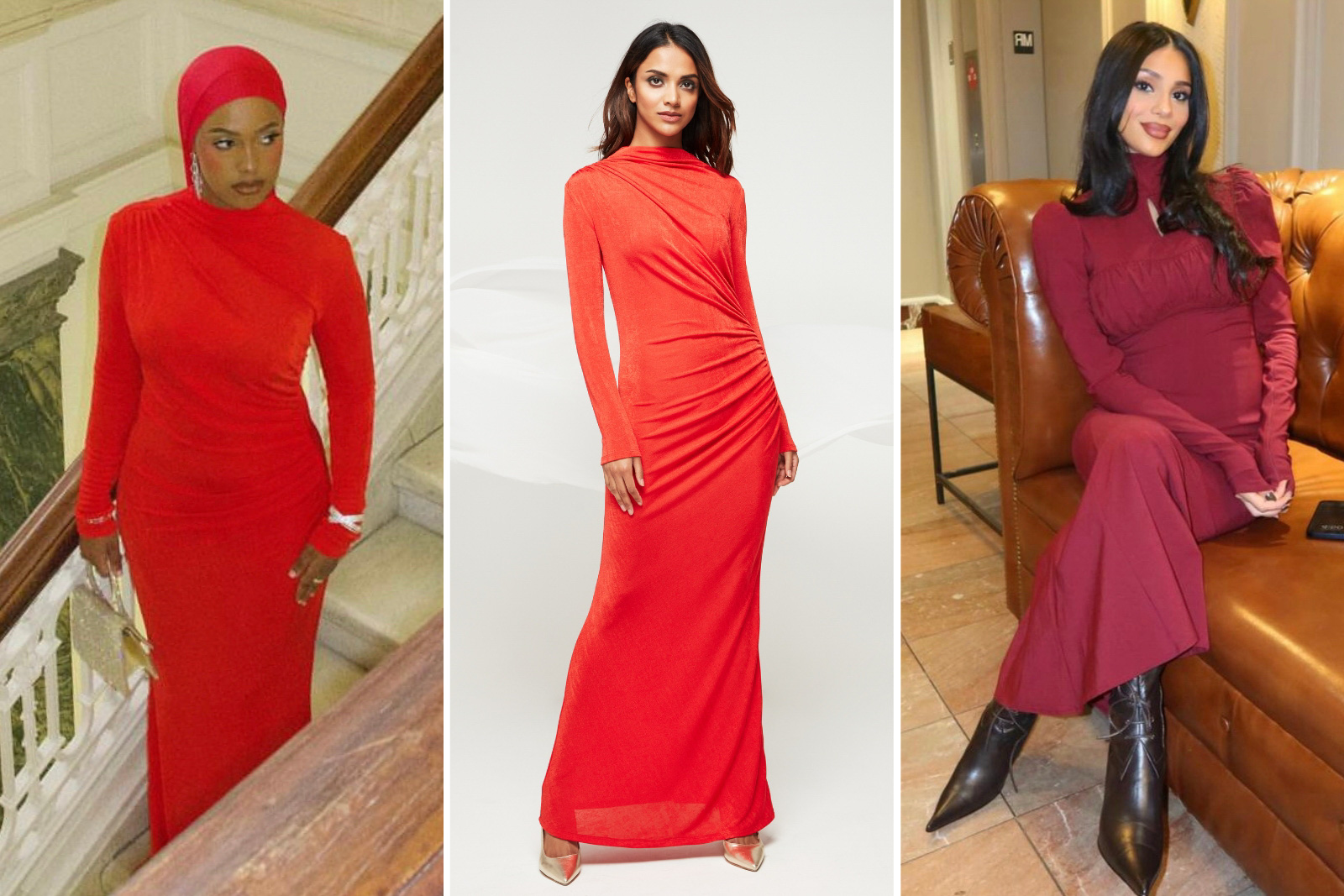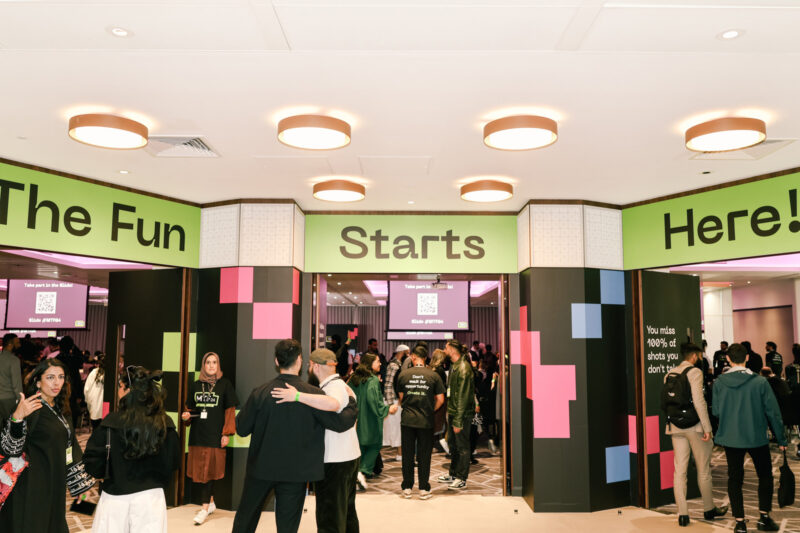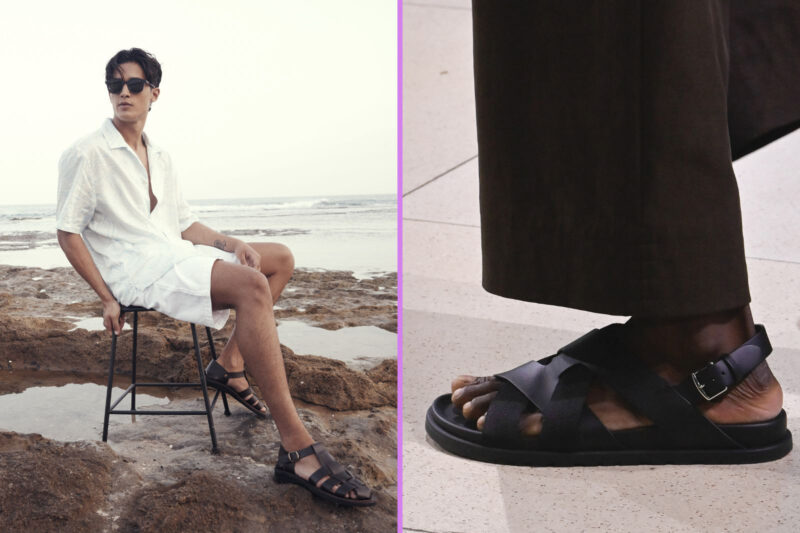Red is this year’s surprise fashion hit
Often seen as one of the most difficult and controversial colours to wear, it’s now everywhere from award ceremony gowns to high-street retailers
–

It may not have featured heavily in the big trend forecasts for 2024, but red is all the rage right now. In the past month, the colour has proven an extremely popular award ceremony choice. Coordinating with the carpets they walk down, stars such as Suki Waterhouse, Florence Pugh, Selena Gomez and Margot Robbie have shown up to the Golden Globes, Emmys and Critics Choice Awards decked out in shades from strawberry to mahogany.
In February, red is indelibly associated with Valentine’s Day. However, as one of the most difficult colours to wear, it often falls squarely into one of two categories: hit or miss. Fortunately, this year marks a departure from the cheesy love hearts and “little red dress” styles typically associated with the month. Instead, expect streamlined silhouettes and elegant tailoring enlivened with dramatic drapes, ruching and bows from high-end brands such as Alexander McQueen and the online retail giant ASOS.
Red is even having a moment in modest fashion. Despite its look-at-me connotations, a number of European designers have showcased variations of the shade in more demure silhouettes at their spring/summer shows. At Ferragamo, a high-necked, long-sleeved midi-dress combined cherry red with fuchsia to striking effect. Burberry’s collection also included a belted red coat adorned with a silver chain pattern. Meanwhile, Chanel offered a floor-length dress crafted in red tweed, paired with a matching quilted handbag.
This flush of vibrant colour is not just limited to clothes. Fashion editors, creatives and beauty brands have all jumped on the red bandwagon. In January, Vogue Arabia featured an arresting red and black cover, complete with the headline “A bold new year”.
It’s clear that red is a colour of empowerment and unapologetic femininity, but there is a flipside to that view, especially when it comes to Muslim women. Some more conservative members of our communities view the colour as vampy, untamed and wild — even if a woman is covered head to toe.
While researching my book, Modesty: A Fashion Paradox, I was surprised to discover a 2010 study, which revealed that some Turkish women consider red to be incompatible with tesettür, their culture’s interpretation of modest dress. A similar disapproval is shared by some Orthodox rabbis, who believe that wearing red conflicts with the Jewish principle of tzniut. An Instagram Stories poll of my own followers also revealed that 19% of respondents believe red could be considered immodest, owing to the attention it draws to the wearer.
British modest fashion designer Maryam Khan often uses red in the clothes she produces for her label, Daska, but is keenly aware of the connotations the colour holds for some people. “It can be seen as too loud for women to wear, maybe highlighting ‘too much’ femininity,” she says.
She also points out a glaring disconnect. While some cultures associate red with demons and desire, many of them also encourage brides to wear that very colour on their wedding day.
“Red is a very powerful and emotional colour — it has an essence of passion and strength, but also a feminine presence,” she says.
Daska’s popular long-sleeved, ankle-length Juliette dress, complete with romantic ruching on the bust, comes in a deep shade of wine, while its elegantly draped Lily dress is a bright shade of cherry.
“There is a red for everyone,” says Khan, explaining that deeper shades such as oxblood and burgundy may appeal to women who wish to avoid brighter shades.
The breadth of options on the red spectrum has inspired the US-based, South Asian-owned inclusive beauty brand CTZN‘s new Code Red range of lipsticks, which offers a colour for every complexion. Sisters Aleena, Naseeha and Aleezeh Khan noticed that red lipstick was rarely worn by the women around them, owing to its negative associations.
“It was rare for us to see family members wearing red lipstick and, in Bollywood movies, we noticed that it was often worn by characters who were supposed to look promiscuous,” explains Naseeha. “Red lipstick wasn’t shown as something that was empowering among South Asians.”
To confront those perceptions, the sisters have created a collection of vegan lipsticks, celebrating inclusivity and femininity, with a percentage of sales donated to charities combating period poverty in the developing world.
On TikTok, another colourful beauty trend is going viral. In what has been dubbed the “red nails theory”, influencers are claiming that wearing scarlet nail polish can help to spark romance by attracting male attention. The reason, they say, is that it reminds men of their mothers. It sounds absurd to me, but I’ll leave you to decide.
For red to be a truly confident and assertive choice, it needs to be worn with the right intentions. Not to impress anyone else, but as an expression of your own inner boldness. After all, as Maryam Khan says: “A colour cannot liberate or empower you. It is you who can do that for yourself.”
 Newsletter
Newsletter












